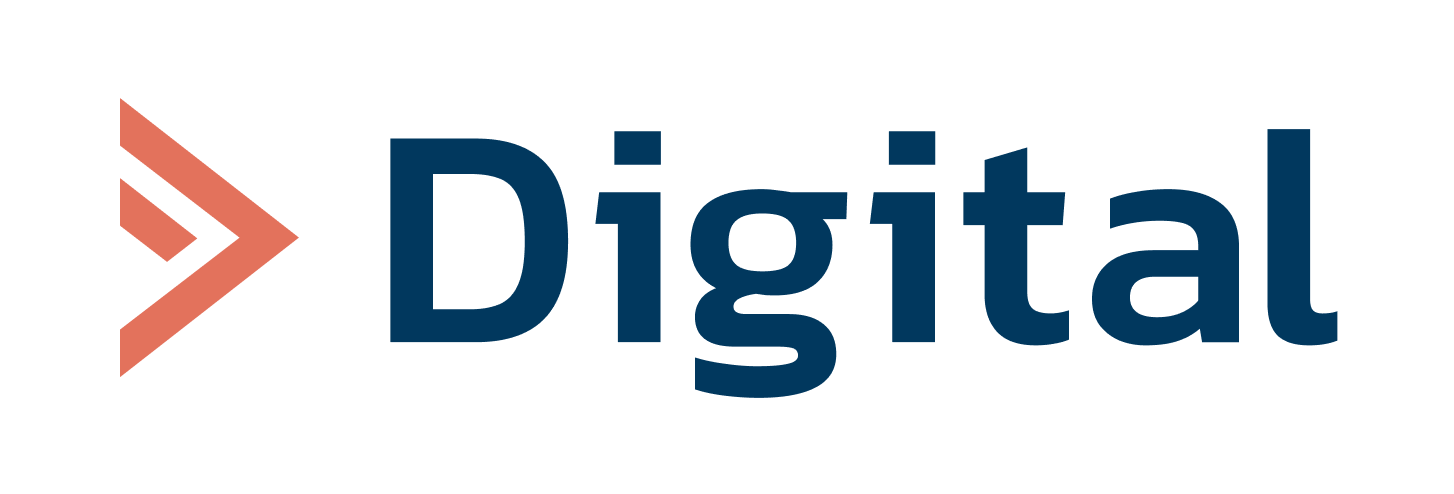We live in a world where data means a lot. But what if some of that data only creates the illusion of control, while actually making it harder to make decisions? This uncomfortable truth was explored in depth by Irina McLean, Health and Social Care Research Coordinator at NHS Research Scotland. Her work focuses on transforming how we collect and use real-world data — particularly in care homes.
Scotland is a small country. We have a 5.5 million population and out of that, nearly 3% reside in care homes. Without which, a lot of care providers would be struggling and the healthcare system would not be able to take that burden on the budget.
Care homes generate huge amounts of data — from residents’ routines to their medical and dietary needs. But that data is rarely harmonized. Some providers still use paper records; others rely on digital systems that don’t connect with anything else.
Different data sets do not talk to each other. We speak the same language but different dialects. Like a jigsaw puzzle where you’re trying to put a picture together — but they don’t fit because they are from different boxes.
The real cost of this fragmentation? Burnout, inefficiency, missed warning signs. Staff are often asked to log the same information into multiple systems, without knowing if that data will be used.
The staff are struggling to see how that helps them to care better. Why am I doing it?
More worryingly, this data chaos erodes trust — from caregivers, families, and residents. When there’s no clarity about why data is collected, how it’s used, who benefits from it, the process becomes opaque — even unethical.
When we enter a care home it’s like entering someone’s home. People live there. So we also need to think about consent. Then, being transparent and open, why I collect that data and how I’m going to use it. And probably the most important one is respect for the person’s dignity.
Real-world data — when used well — has enormous potential to improve care. It needs to be:
collected with purpose,
focused on real-time, observable changes,
accessible to caregivers, residents, and families,
and used to empower, not just monitor.
If someone is sleeping less or eating differently. These things don’t show up in hospital records. But in fact, they give us a much bigger picture of what is happening to the person.
Looking ahead, with an aging population the need for better data will only grow.
We are presuming that in 20 years, 25% of Scots will be over the age of 65 and a significant proportion may require care home support.
To support people with dignity and effectiveness, we must change how we collect and use the data that shapes their care. That begins by listening to the people and respecting the realities of those who collect information.
Measuring everything and improving nothing
How to capture what matters — not just everything we can measure.
In business, KPIs are clear, measurable and tied to outcomes. But in people’s care, it often feels like we’re measuring everything and improving nothing.
When we talk about data in care, the question is: what exactly should we measure so it actually influences the outcome?
Instead of collecting everything possible, we are working toward a standardized baseline: a core minimum data set (MDS). Every care home would gather the same essential parameters, in the same way, to enable meaningful insights — not just more paperwork.
A small essential set of data, which every provider collects in the same way. So the same parameters are measured across the board to get a bigger picture.
Scotland has over 1,000 care homes. Yet the data collected across them is still highly fragmented. McLean emphasizes that success depends on one principle above all: co-design.
Clunky and often heavily technology-driven tools are being projected on people. It’s really like being given a piano when you need the kettle.
Digital tools must be created with the people who use them — not handed down from above. If a button is too small to see, if data must be entered twice (manually and digitally), the system fails twice.
Tools have to be co-created with their users, reward engagement, and make their purpose clear.
Another critical — and often overlooked — dimension: accessibility. Policymakers and researchers aren’t the only ones who need this data. It must be available to those providing care, to families, to the residents themselves.
How is it accessible – is about that insight to data.
For real change, McLean believes, systems must be:
-simple
-integrated
-free of duplication
and above all, meaningful to the people entering the data.
For that person who is giving or receiving care the biggest question is: ‘does this tool make my life easier’? And if it doesn’t — then it doesn’t matter how much money was spent.
Scotland’s core minimum data set remains an ambitious goal. But McLean is optimistic. She’s seen what happens when care workers, tech designers, and communities collaborate — when digital tools are shaped by the people they’re meant to serve.
Things truly work when they develop in that manner where at the very developmental stage, you can say: ‘stop. I cannot press that button.’ That’s when they truly work.
Bottom line:
Can we really trust the data our model is learning from?
Do we have reliable mechanisms of data collection?
Does our system have effective feedback loops?


